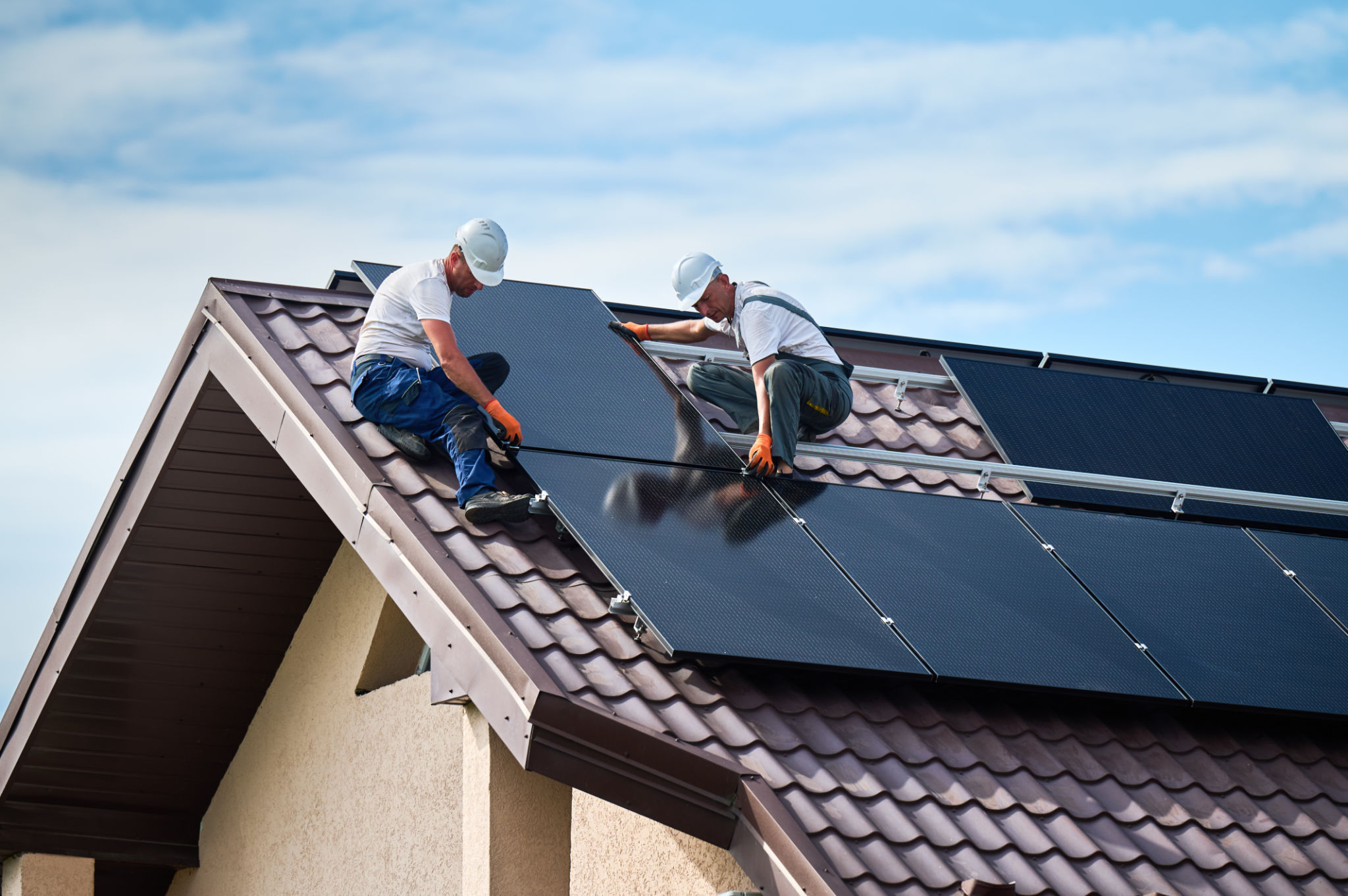Solar Power Installation: What South Australians Need to Know
Understanding Solar Power in South Australia
South Australia is one of the sunniest regions in the world, making it an ideal location for solar power installations. As energy costs continue to rise, more residents are turning to solar energy as a cost-effective and sustainable solution. This trend is supported by the state's commitment to renewable energy, with numerous incentives available to those who choose to go solar.

Benefits of Solar Power
Installing solar panels in South Australia offers several advantages. Firstly, it significantly reduces electricity bills. By generating your own power, you become less dependent on the grid, which can lead to substantial savings over time. Secondly, solar power is environmentally friendly, helping reduce your carbon footprint and contribute to a cleaner planet.
Moreover, solar installations can increase property value. Homes equipped with solar panels are often more attractive to buyers, offering a return on investment beyond just energy savings. This makes solar energy not only a practical choice but also a financially sound decision.
Government Incentives and Rebates
The South Australian government provides various incentives to encourage solar adoption. Residents may be eligible for federal rebates through the Small-scale Renewable Energy Scheme (SRES), which offers financial assistance based on the size of the solar system installed. Additionally, the South Australian Home Battery Scheme provides subsidies for battery systems alongside solar installations.

These incentives can significantly reduce the initial cost of installing a solar system, making it accessible to more households. It is essential to research these programs thoroughly to maximize the financial benefits available.
Choosing the Right Solar System
Selecting the right solar system for your home involves several considerations. One of the most critical factors is the size of the system, which should align with your energy needs and budget. Installers typically assess your electricity consumption and roof space to recommend an optimal system size.
Quality is another important factor. Investing in high-quality panels and inverters ensures better efficiency and longevity. Additionally, it's crucial to choose a reputable installer with solid warranties and after-sale support.

Installation Process
The installation process for solar panels is relatively straightforward but requires professional expertise. It typically begins with a site assessment and design phase, followed by obtaining necessary approvals from local authorities. Once these steps are completed, installation can usually be finished within a day or two.
After installation, the system is connected to the grid, and you can start enjoying the benefits of solar power almost immediately. It's important to ensure that your installer provides adequate guidance on operating and maintaining your new system.
Maintenance and Monitoring
While solar systems are generally low-maintenance, regular cleaning and inspections help maintain efficiency. Dust and debris can accumulate on panels, reducing their effectiveness. Simple cleaning measures can often prevent this issue.
Many modern systems come equipped with monitoring software that allows you to track energy production and consumption in real-time. This feature provides valuable insights into your energy usage patterns, helping you optimize performance and savings.

Future of Solar Power in South Australia
The future of solar power in South Australia looks promising, with continuous advancements in technology and increasing affordability. As battery storage becomes more accessible, households can store excess energy for use during non-sunny periods, further enhancing energy independence.
Additionally, community solar projects are gaining traction, allowing residents without suitable roofs to participate in the solar revolution. These projects provide shared access to clean energy and further drive the state's transition towards renewable sources.
